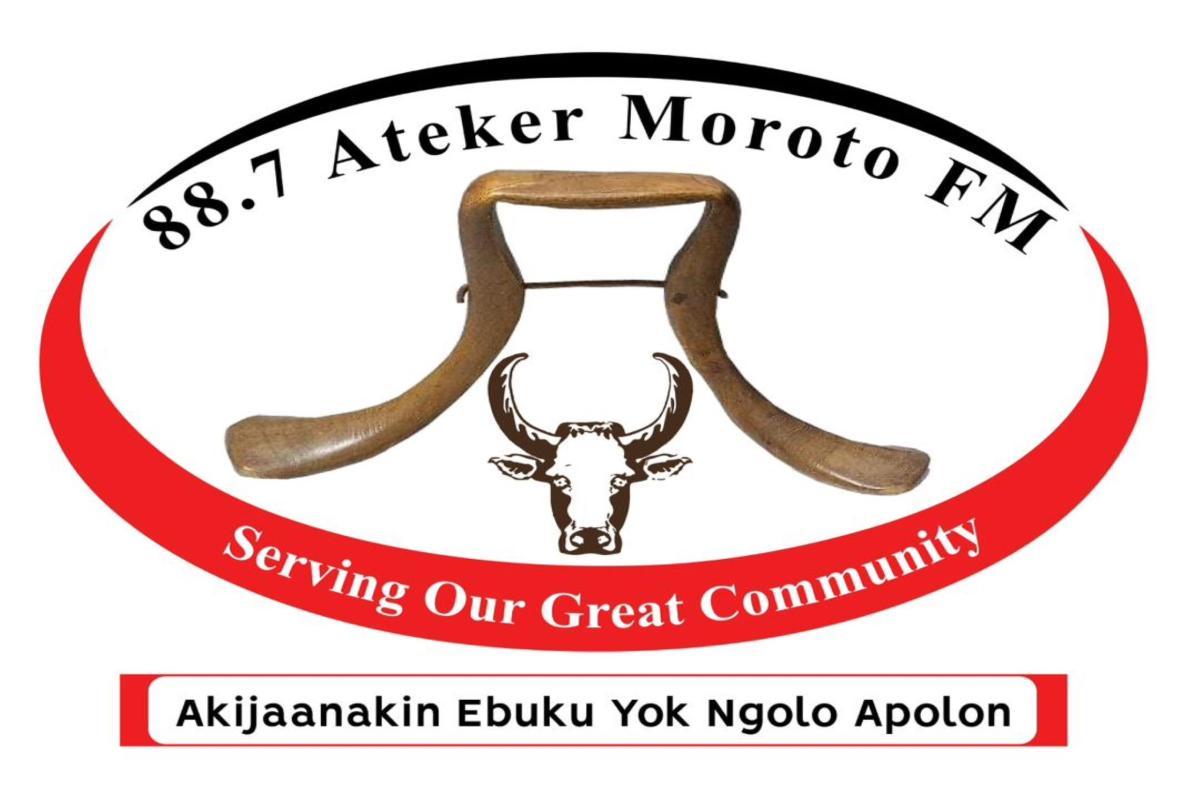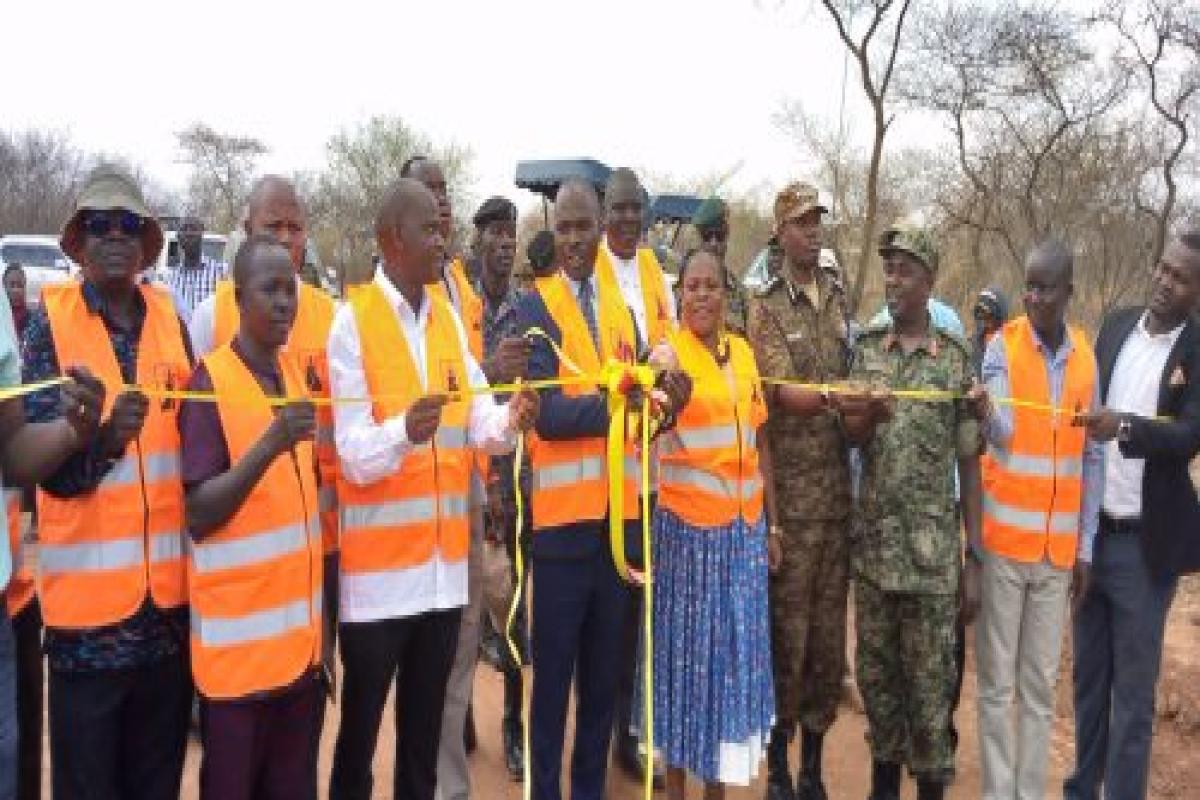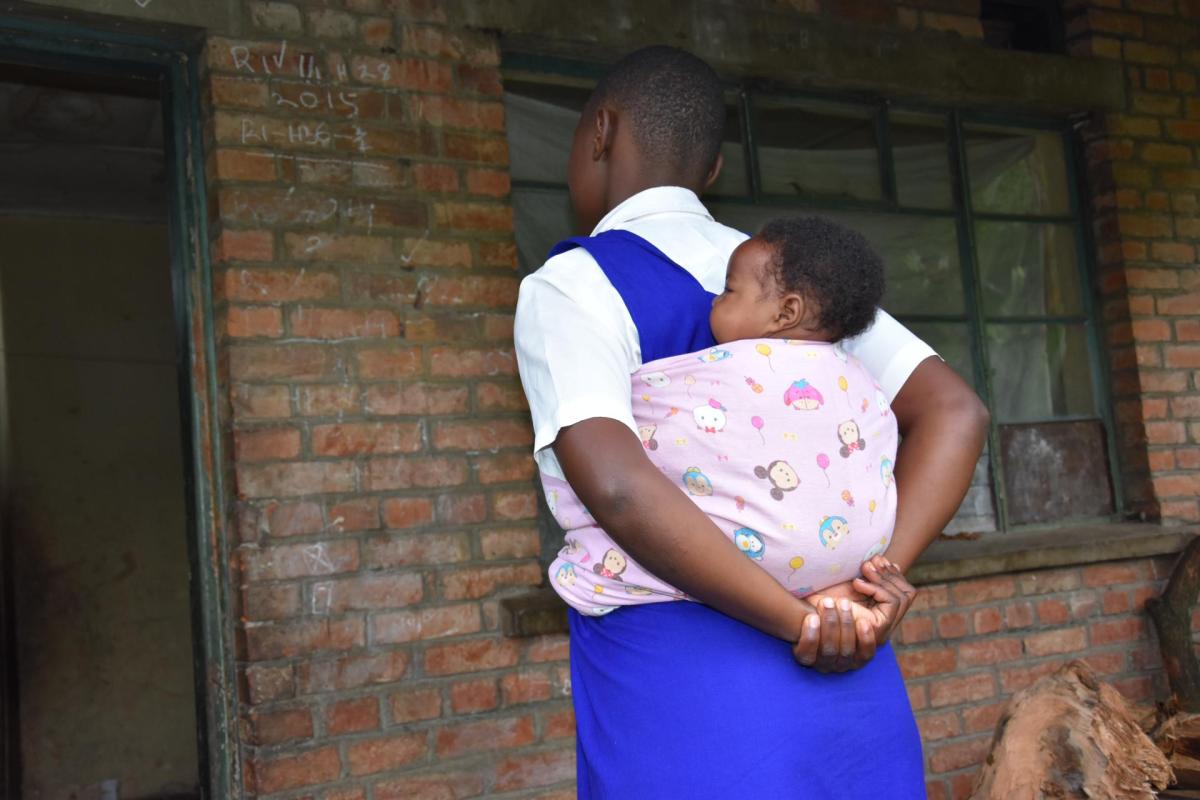In the Turkana language, Ateker means a distinct group with
related customs, laws and lifestyle and who share a common ancestry. Members of
one Ateker have a common character of mutual respect for each other in their
diversity. Each member group of Ateker occupies its own territory and exercises
authority over its own land and people independent of each other.
The word Ateker is a generic term for "related
peoples" or "relatives" also refers to clan It is derived from
the root ker, which has two root meanings: fear and respect. Ateker, in its
true sense, is a union of free people with mutual recognition and respect for
each other. In the context of ethnic identity and nationhood, the Turkana
language classifies different people with common characteristics as belonging
to distinct ateker. The Maa people belong to Ateker a Ngi
Maasa Maasai and so on. The Turkana and the Karamojong and related
people belong to one Ateker.
88.7 Ateker Moroto FM
(“Serving Our Own Community”)
(“Akijaanakin Ebuku Yok Ngolo Apolon”)
is set to mobilize and enlighten rural communities, especially
the disadvantaged group, with special focus on women, youths, children and the
disabled by providing educative programs on Peace building, Education, Health
care such as Family Planning, Maternal and Child Health, Farming, News,
Spiritual instructions, Environmental issues, Sports, Civic Education, Cultural
and Government programs with the aim of empowering the community to fighting
ignorance, disease and poverty to enhance a better future for all in the Sub
Region.
Introduction
We currently covers most parts of all districts in Karamoja Sub
region with signal going beyond Karamoja to some neighboring districts. The
radio reaches very many listeners daily.
We broadcast in many languages, with 60% of our broadcast is in
the dominant Ngakarimojong language, other languages like English, Kiswahili,
Pokot, Luo/Ethur and Ateso has become part of the Karamojong life. 88.7
Ateker Moroto FM is actively involved in all aspects of life of the people –
socio-cultural life, economic life, education, healthcare, political life and
development programming.
We have skilled trained staff and is equipped with digital
machines and studios, enabling us to produce and transmit computerized formats
with mature and responsible personalities within the Region. With the digital
migration as a Government policy, we are using digital transmission machines.
Karamoja Background:
The Karamoja Sub-region consists of nine districts in
North-Eastern Uganda (Kaabong, Kotido, Abim, Moroto, Napak, Amudat, Nabilatuk,
Karenga and Nakapiripirit). Karamoja is classified as one of the worlds poorest areas, with high rates of malnutrition and a disproportionate number
(61 percent) of its 1.2 million people, living in absolute poverty (UDHS,
2016). Though notable progress has been made in the achievement of key health,
education, improved livelihood indicators but still Karamoja region is lagging
behind the rest of Uganda.
In health, there is limited access to health facilities in Karamoja.
The region has 126 health centers; a majority (63 percent) is HC IIs, 1
regional referral hospital and 4 general hospitals. The high number of maternal
deaths is attributed to inadequate human resources at health facilities,
limited access (distance) to health facilities, less equipped health facilities
and social cultural barriers. The burden of maternal health is also made worse
by the continued practice of female genital mutilation (FGM) in some
communities such as the Tepeth, Pokot and Kadam ethnic groups in spite of the
anti-FGM legislations. Current statistics put FGM at 6.4 percent in the
Karamoja region (UDHS, 2016). Family planning is one of the most effective and
inexpensive ways of improving the present and future inequalities and quality of
life. However, modern contraceptive use in the Karamoja region has remained in
its lowest 6.5 percent, way below the national average of 35 percent.
Teenage pregnancy has a tremendous impact on the educational,
social and economic lives of young people. One in every four girls in Karamoja
has had their first child putting the teenage pregnancy rate at 24 percent.
Early parenting reduces the likelihood that a young woman will complete high
school and pursues the necessary post-secondary education needed to compete in
todays economy. In Karamoja, the major drivers of teenage pregnancy are
poverty, early, forced and child marriage, with girls living in the rural areas
and in the lowest wealth quintiles being more vulnerable (UDHS, 2016). Early
and teenage pregnancy is arguably the key challenge prevents the girls from
developing to full potential and achieving dreams.
Over 70 percent of the population aged 10+ in Karamoja has never
been to school, of whom majority are women. The overall literacy rate for Karamoja
stands at only 25 percent, compared to 94 percent in Kampala, while 60 percent
of women are unable to read and write. Education is the foundation for human
capital development, gender empowerment and behavior change and, most
importantly, it a major determinant of health and antecedent to health
inequity. The Sustainable Development Goal (SDG) 4 aims to ensure access to
quality education and the opportunity for lifelong learning for all. However,
glaring disparities and inequalities in the attainment of education are seen in
the Karamoja sub region. Only 0.9 percent of children aged 6-12 years are
enrolled in primary school far below the central region at 12 percent. Primary
Seven enrolments are also far lower at 3 percent from the rest of the country at
25 percent, thus affecting both secondary and tertiary enrolment rates. While
the NERs at the secondary school level have remained low at 41 percent for
Uganda, the observed rates for Karamoja are far lower at 17 percent, with girls
being more affected. Karamoja suffers from a low transition rate from primary
to secondary education. With poor education, the region loses the opportunity
for its girls and young people to delay on-set of child bearing, get skilled
and positioned to contribute to the regions and national development.
88.7 Ateker Moroto FM, is working with other development
partners to relay media campaigns in Karamoja Sub Region to empower the girl
child, youth and general public in promoting good health and development of the
whole community.
In spite of the entry of other players in the region, 88.7
Ateker Moroto FM has remain the leader and the only true regional broadcaster
owing to the capacity, experience and technological advancement that enable it
the widest reach and listenership in the target region. Also, with great
programs and highly qualified and experienced presenters and talk-show
moderators, we have remained the most listened to and highly dependable radio
broadcaster in the region.
Of all that are available in the region, it is only 88.7 Ateker
Moroto FM as the most shot at channel for social behavioral change and
information for development FM station where we design our programs in hybrid
of social responsibility and commercial acumens. Also, 88.7 Ateker Moroto FM
stands to be the most reliable as an on-air broadcaster due to uninterrupted
transmission that is backed up by a solid standby generator and Power Back up
inverter energy that is safely stored and used at peaks, allowing no
electricity surge in the production of the programs.
Since its establishment, we have partnered with a number of
actors on the ground to both take information from development partners and
government to the community and to bring voices of the community to hear on
political, educational, health and community development projects of
development partners and government so as to bring about transformation of the
region.

















